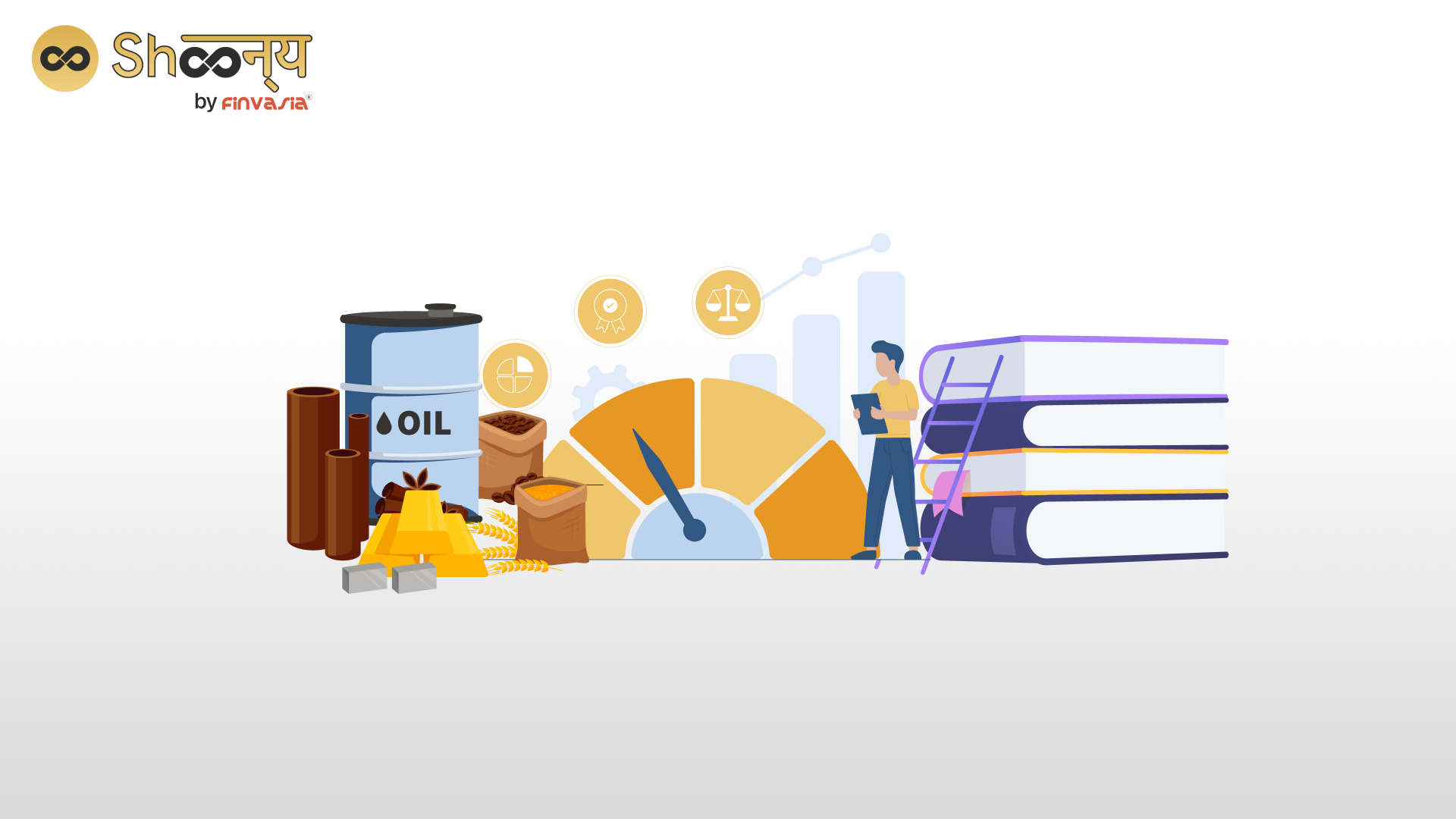Exploring Commodity Swaps: Meaning, Types, and Examples

Commodity swap, an integral aspect of the financial landscape, empowers traders to navigate price fluctuations effectively. As an expert SEO content writer, let’s delve into the realm of commodity swaps, demystifying their essence for the Indian audience.
Commodity Swaps Meaning
Commodity swaps serve as derivative contracts where parties exchange cash flows linked to underlying commodity prices. These swaps act as a hedge against market volatility, benefiting both producers and consumers in diverse sectors, including oil and livestock. Unlike exchange-traded assets, commodity swaps are bespoke deals, orchestrated by financial service entities.
How Commodity Swaps Operate
Commodity swaps comprise two crucial components: the floating-leg and the fixed-leg. The floating-leg correlates with the underlying commodity’s market price, while the fixed-leg is predetermined within the contract. These swaps extend beyond oil, encompassing precious metals, industrial metals, natural gas, livestock, and grains. Typically, commodity swaps engage large financial institutions, making them less accessible to individual investors.
In a commodity swap, the floating leg is usually embraced by the consumer, aiming to secure a consistent commodity price. Conversely, the producer takes up the fixed leg, safeguarding against potential price drops. These swaps often culminate in cash settlements, although physical delivery can be stipulated.
Types of Commodity Swaps
Beyond the fixed-floating swaps, another variant emerges – the commodity-for-interest swap. This arrangement involves one party paying returns based on commodity prices while the other party is linked to a floating or fixed interest rate. Such swaps incorporate notional principals, predetermined durations, and specified payment periods, bolstering the commodity producer against market downturns.
In the realm of commodity swaps in India, there exist two primary categories:
- Fixed-floating swaps: This prevalent variant involves one party committing to fixed payments while the other engages in variable payments tied to a commodity index or spot price. The fixed price is established at the contract’s inception, while the variable price adjusts periodically in response to market dynamics. Typically, the party making fixed payments is the end-user, aiming to secure stability against potential price hikes. Conversely, the party responsible for the variable payments is often the commodity’s producer, seeking to shield themselves from price drops and capitalize on favorable price fluctuations.
- Commodity-for-interest swaps: This category encompasses cross-currency swaps, where one participant generates returns linked to commodity prices, and the other generates returns associated with an interest rate. The interest rate can be either consistent or variable, as dictated by the agreement’s terms. Parameters such as notional principal, maturity, and payment frequency are explicitly outlined within the contract. The entity delivering commodity-related returns is frequently the commodity’s producer or supplier, seeking to mitigate exposure to fluctuations in interest rates and diversify revenue streams. Conversely, the provider of interest-based returns is often an investor or speculator, aiming to tap into the potential of the commodity market and attain returns surpassing those offered by interest rates.
Commodity Swaps: A Risk Management Tool
The primary purpose of commodity swaps is to mitigate risk exposure. Entities seeking stability in the face of market volatility utilize these swaps to establish fixed prices, ensuring consistent cash flows throughout the contract’s duration. Industries vulnerable to commodity price shifts, such as airlines reliant on fuel costs, resort to commodity swaps to curtail their market susceptibility.
Conclusion
Demystifying commodity swaps empowers Indian investors to grasp the potential of these derivatives in managing risk and maintaining financial stability. Explore the dynamic world of commodity swaps and uncover strategic avenues for navigating market fluctuations.
FAQs about Commodity Swaps
Commodity swaps predominantly involve large financial institutions due to their intricate nature and contract sizes.
Unlike exchange-traded assets, commodity swaps are tailored to the parties’ requirements and are not standardized.
Indian investors can utilize commodity swaps to stabilize costs and hedge against market volatility in sectors like energy and agriculture.
Commodity swaps are typically employed for short- to medium-term strategies due to their contract expirations and market-specific risks.
Imagine a farmer and a food processor agreeing to exchange payments based on wheat prices – the farmer gains stability, while the processor hedges against cost fluctuations.
A commodity swap involves exchanging cash flows linked to commodity prices, while an equity swap involves trading cash flows linked to stock returns.
Interest rate swaps exchange interest payment terms, while commodity swaps exchange cash flows based on commodity price movements.
______________________________________________________________________________________
Disclaimer: Investments in the securities market are subject to market risks; read all the related documents carefully before investing.








